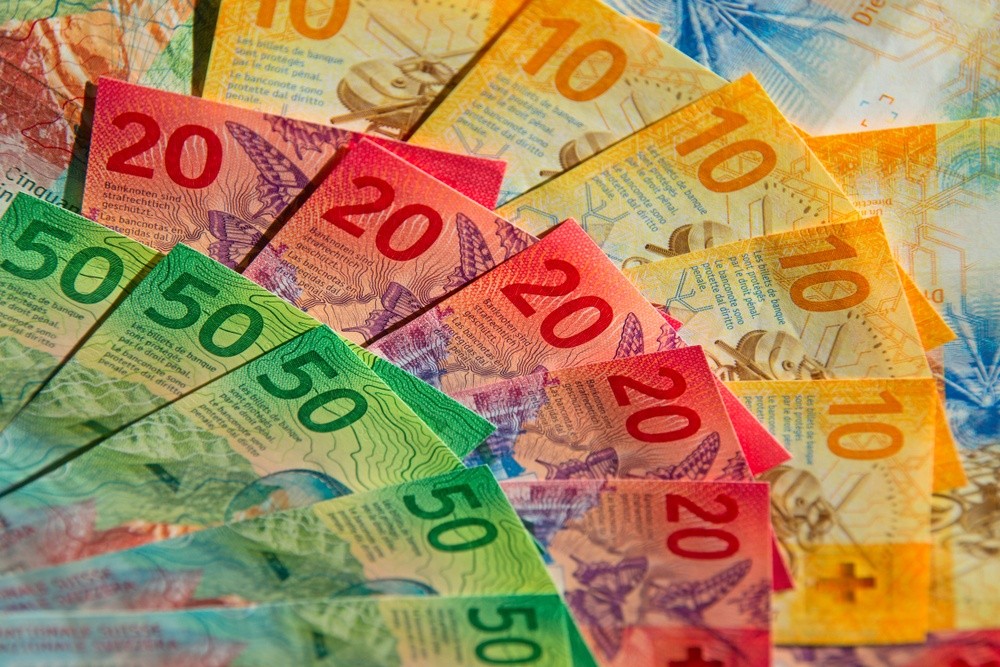The U.S. dollar was near two-month lows as weak economic data reinforced speculation that the Federal Reserve is nearing the end of its tightening cycle. In contrast, the New Zealand dollar jumped after a bigger-than-expected interest rate hike.
New Zealand’s central bank increased interest rates by 50 basis points high of 5.26%, surprising markets, with 22 of 24 economists forecasting just a 25 bps hike.
After the decision, the Kiwi advanced 1% to hit a two-month high of $0.6383. It was last up 0.75% to $0.637.
Overnight figures showed U.S. job creation fell back to the lowest level in nearly 2 years in February, suggesting that labor market conditions have stabilized relatively.
New job openings, a measure of job demand, fell from 632,000 to 9.8 million at the end of February, the Job Openings and Labor Market Survey showed. Economists had expected a 10.42 million opening.
The dollar index retreated to a two-month low of 101.42 after falling 0.52% overnight.
The euro gained 0.05% to $1.0957. Sterling last traded at $1.2495, down 0.042% on the day.
A Bank of Australia currency strategist said the decline in the number of jobs confirmed the softening of job demand in the United States, with further declines expected in the coming months.
Softer-than-expected job statistics led markets to change their outlook on rate hikes. Markets are now pricing in a 58% chance the Fed will increase interest rates at its next meeting.
Moreover, the U.S. dollar should weaken against major currencies in 2023 as interest rates retreat against its peers, putting the U.S. currency on the defensive after a multi-year challenge.
The 10-year Treasury yield advanced 1.8 basis points to 3.356%.
The Australian dollar advanced 0.18% to $0.677.
The Japanese yen retreated 0.05% to $131.78.









COMMENTS